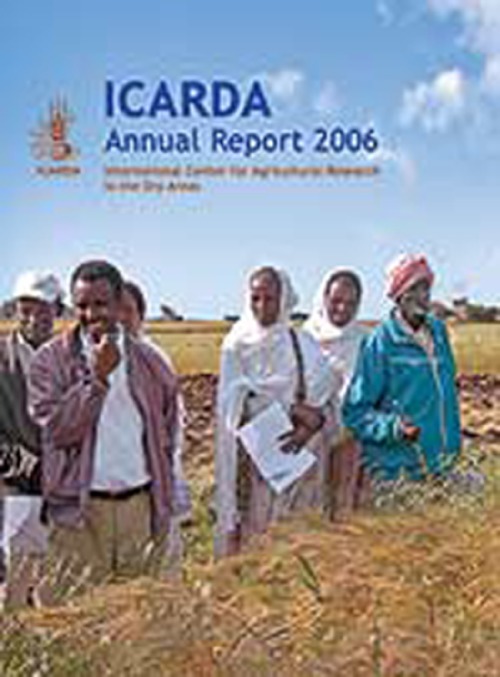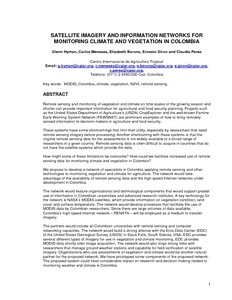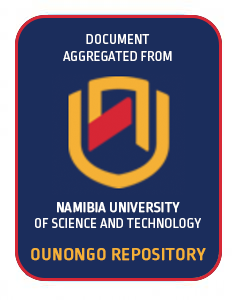ICARDA Annual Report 2006
ICARDA witnessed several important developments in 2006. Of these, the Fifth External Program and Management Review (EPMR) was the most significant, as it provided a comprehensive assessment of the Center's global activities, as well as new insights and dimensions that helped refine ICARDA's new Strategic Plan for 2007- 2016. The EPMR coincided with a transition in the governance and leadership of ICARDA.






